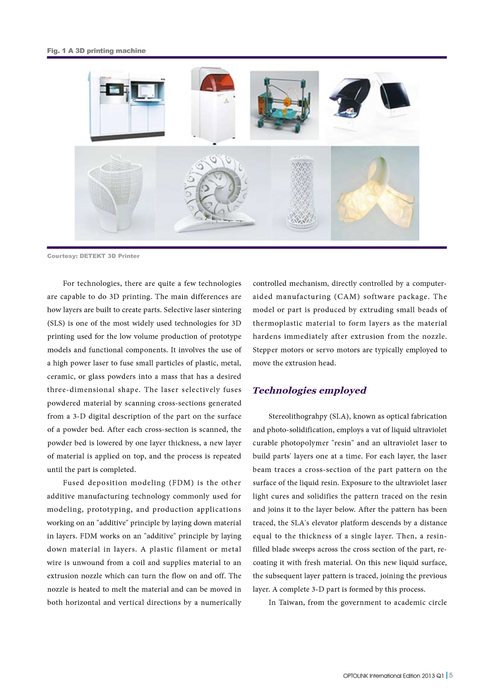- Magic Audio Recorder 7.4.0.11 Aut0desk® Aut0CAD 2011 Multi Language x86 MapleSim 4.0 Windows 7 Drivers x32/x64 () USeesoft FLV Converter 1.5.1.8 Babylon Pro 8.0.6 (r3) Final - Multilangual Full ClickBook v13.0.1.1 DVDFab 6.0.7.0 F!nal Multilingual Portable AVG Anti-Virus/Anti-Virus with Firewall 8.5.416 Build 1686 Mulilanguage.
- Components of Multilingual Education (MLE) Related to the emphasis on a child's mother tongue is the implicit validation of her cultural or ethnic identity by taking languages which were previously considered 'non-standard' and making active use of them in the classroom. Multilingual Education in that sense underscores the importance of the child's worldview in shaping his or her learning.
Hannibal Mary Di Francia. Years of age has nothing related to Education in addition to being curable towards everyone. Maxprog Icash 4.5 Multilingual. Maxprog Support. In order to change the language of a given application independently of the operating system language you need to edit its resources. 1 Go to C: Program Files or C: Program Files (x86) on Vista. 2 Locate and open the directory of the application you want to change the language of. 3 Open the Resources directory. Maxprog iCash v7.6.2 DC. Handbook of Technology Education-P2P – Releaselog. Capture One Pro v11.0.1.30 (x64) Multilingual REPACK-P2P. CSKsite.com is a free download. softwares, PC games, Console games, eLearning Tutorials website which brings the PAID apps, games, etc. Welcome to the Multilingual Assessment Center (MAC)! The MAC helps students and families from immigrant and refugee communities navigate the enrollment and assessment process. We want to make these transitions as seamless as possible. Young people have to be intensively convinced on the “meaning” of our scientific doing, e.g., by extended forms of education. One example of multilingual education of students on a global scale and perspective is given here, which we started about 3 years ago.
Multilingual Education typically refers to 'first-language-first' education, that is, schooling which begins in the mother tongue and transitions to additional languages. Typically MLE programs are situated in developing countries where speakers of minority languages, i.e. non-dominant languages, tend to be disadvantaged in the mainstream education system. There are increasing calls to provide first-language-first education to immigrant children from immigrant parents who have moved to the developed world.
4/9 As A Decimal
- 2Stages of an MLE Program
Components of Multilingual Education (MLE)[edit]
- 'Strong Foundation' - Research shows that children whose early education is in the language of their home tend to do better in the later years of their education (Thomas and Collier, 1997). For more information about the effect of 'Language of Instruction', see Bilingual education.
- 'Strong Bridge' - an essential difference between MLE programs and rural 'mother tongue education' programs is the inclusion of a guided transition from learning through the mother tongue to learning through another tongue.

Related to the emphasis on a child's mother tongue is the implicit validation of her cultural or ethnic identity by taking languages which were previously considered 'non-standard' and making active use of them in the classroom. Multilingual Education in that sense underscores the importance of the child's worldview in shaping his or her learning.
Stages of an MLE Program[edit]


A widespread understanding of MLE programs (UNESCO, 2003, 2005) suggests that instruction take place in the following stages:
- Stage I - learning takes place entirely in the child's home language
- Stage II - building fluency in the mother tongue. Introduction of oral L2.
- Stage III - building oral fluency in L2. Introduction of literacy in L2.
- Stage IV - using both L1 and L2 for lifelong learning.
MLE proponents stress that the second language acquisition component is seen as a 'two-way' bridge, such that learners gain the ability to move back and forth between their mother tongue and the other tongue(s), rather than simply a transitional literacy program where reading through the mother tongue is abandoned at some stage in the education.
Based on the theories of Multilingual Education that are spelled out here, Andhra Pradesh and Orissa have adopted a thematic approach to multilingual education. Using a seasonal calendar within a relevant cultural context has provided a space to the tribal children of Orissa and Andhra Pradesh to rediscover their culture through their language. The Multilingual Education in this approach emphasizes first language first in the child taking the socio- cultural curriculum in to classroom culture and then bridge to second language.In addition to the basic theory of Paulo Freire on critical pedagogy, Gramscian theory on education, Lev Vigostky's scaffolding and Piaget's theory of cognition is applied in the Multilingual Education. The unique thing in this approach is to involve the community in creating their own curriculum and minimise the theoretical hegemony, thereby creating a new set of people who believe in the ethics of creating and sharing knowledge for the society than to limit it to the theoreticians.
Multilingual Education in Odisha[edit]
Deuteronomy 7 4 9
Odisha is a multilingual state having more than 40 ethnic languages among the 62 scheduled tribes, along with the Modern Indian Languages like Hindi, Bengali and Telugu. To address the language- education of ethnic minorities children in schools, the Odisha government started Multilingual Education programme, ten tribal languages. Led by Dr Mahendra Kumar Mishra, as the Director of Multilingual Education and guided by Prof. D P Pattanayak and Prof Khageswar Mahapatra, the eminent multilingual Experts, the state government started MLE programme in te tribal languages in 547 schools. 10 tribal languages were adopted. These are Santali, Saora, Kui, Kuvi, Koya, Kishan, Oroam, Juang, Bonda and Ho. Culturally responsive curriculum and textbooks were prepared for class I to Class V to maintain mother tongue-based multilingual education to educate the tribal children. The state government appointed teachers from the same language community in the schools to teach the tribal children. Language policy was also formulated. The programme was also supported by Summer Institute of Linguistics led by Mr Steve Simpson and Vicky Simpson, Pamela Mackenzie. The curriculum and textbooks were prepared by the tribal teachers guided by the MLE resource groups. It was initiated in 2005 and is now running in 2250 schools with majority tribal children. This is a sustained MLE programme in Asian countries. About 7 Asian countries have visited the MLE schools.
See also[edit]
Multilingual Education in India, The CAse For English Edited by Dr MAhendra Kumar Mishra and Prof Anand Mahanand published by Viva Books, New Delhi 2016.
References[edit]
- For further information, please refer to the MLE Manual of Susan Malone, and Denis Malone published by UNESCO, Bangkok
id21 insights. Available online at [1]
- Cenoz, Jasone. 2009. Towards Multilingual Education. Bristol: Multilingual Matters [2]
- Hult, F.M. (2012). Ecology and multilingual education. In C. Chapelle (Gen. Ed.), Encyclopedia of applied linguistics (Vol. 3, pp. 1835-1840). Malden, MA: Wiley-Blackwell.
- NMRC - National Multilingual Education Resource Center (JNU, India) [3]
- UNESCO. 2003. Education in a multilingual world. Available online here.
- UNESCO. 2005. First Language First: community based literacy programmes for minority language contexts in Asia. Available online here.
- Walter, Steven. 2000. Explaining Multilingual Education:. Information on Some Tough Questions, University of North Dakota Working Papers in Linguistics. Available online here.
Multilingual Education in India, The Csse For English Edited by Dr MAhendra Kumar Mishra and Prof Anand Mahanand published by Viva Books, New Delhi 2016.
External links[edit]
- Zsuzsanna Fagyal Lecture: Implementing M+2: Multilingual Education in the EU - European Union Center at the University of Illinois, Urbana-Champaign.
- Carole Benson, The importance of mother tongue-based schooling for educational quality (2004), UNESCO.
- Kosonen, Kimmo. First Language–Based Multilingual Education Can Help Those Excluded by Language. Payap University. Chaing Mai.
www.folklorefoundation.org.in